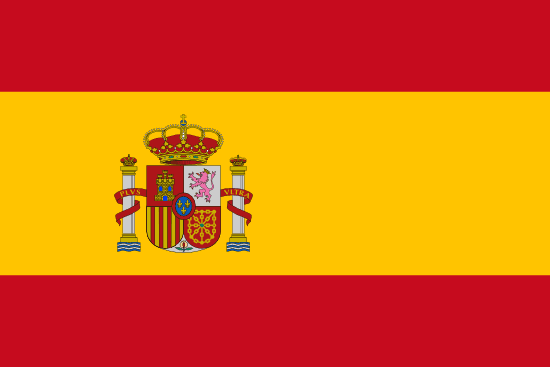"Zaragoza, Cuna de Goya, Luz de las Tres Culturas | Zaragoza, Cradle of Goya, Light of the Three Cultures"
About:
Zaragoza, Spain, founded by Romans in 24 BC, has a rich history marked by various cultural influences. It was a significant city in the Roman, Visigothic, and Islamic periods, reaching its peak under the Banu Hud dynasty. In 1118, it was captured by Alfonso I of Aragon, becoming a key Christian city during the Reconquista. Zaragoza faced significant damage in the Spanish War of Succession and the Peninsular War. Today, it's a thriving city known for its historical landmarks and the annual Fiestas del Pilar.
When to visit:
Zaragoza, located in northeastern Spain, experiences a Mediterranean climate with hot summers and mild winters. The best time to visit Zaragoza for a holiday is during the spring or fall when the weather is pleasantly warm and ideal for exploring the city's attractions. The months of April to June and September to November are recommended for outdoor activities and sightseeing, as the temperatures are comfortable and the crowds are not as heavy as during the peak summer months. Additionally, visiting Zaragoza during local festivals such as the Fiestas del Pilar in October can provide a unique cultural experience.
When to avoid:
The worst time to travel to Zaragoza, Spain on a holiday would be during the peak summer months of July and August. The city experiences scorching temperatures during this period, often exceeding 40 degrees Celsius (104 degrees Fahrenheit). Crowds of tourists flock to popular attractions, leading to long lines and crowded streets. Additionally, many locals take their own vacations during this time, resulting in some businesses and restaurants being closed.
Winter
The winter in Zaragoza can be quite cold, with temperatures often dropping below freezing. This, combined with occasional snowfall, can make sightseeing and outdoor activities less enjoyable.
Spring
Spring is a great time to visit Zaragoza, as the weather is typically mild and pleasant, with temperatures ranging from 15 to 25 degrees Celsius. The city is also beautifully adorned with blossoming flowers during this season.
Language:
In Zaragoza, Spain, the most commonly spoken language is Spanish, as it is the official language of the country. However, due to its historical roots, there is also a presence of Aragonese, an endangered Romance language. Additionally, given Zaragoza's status as an international city, English is also widely understood and spoken, particularly in the business and tourism sectors.




